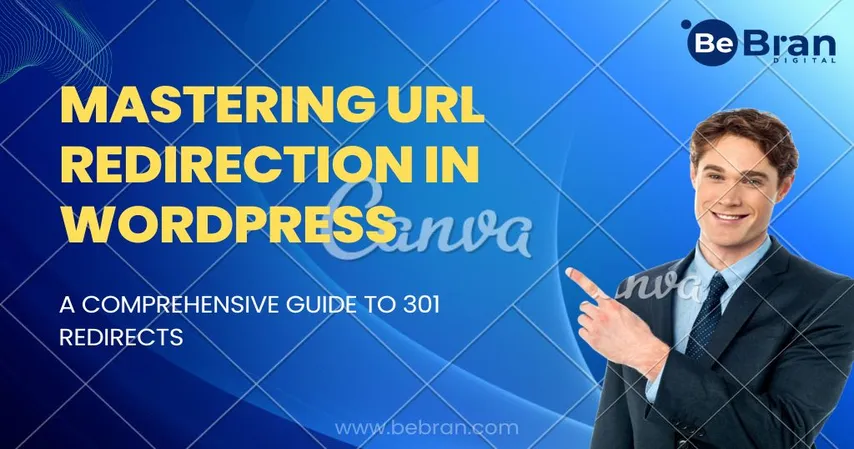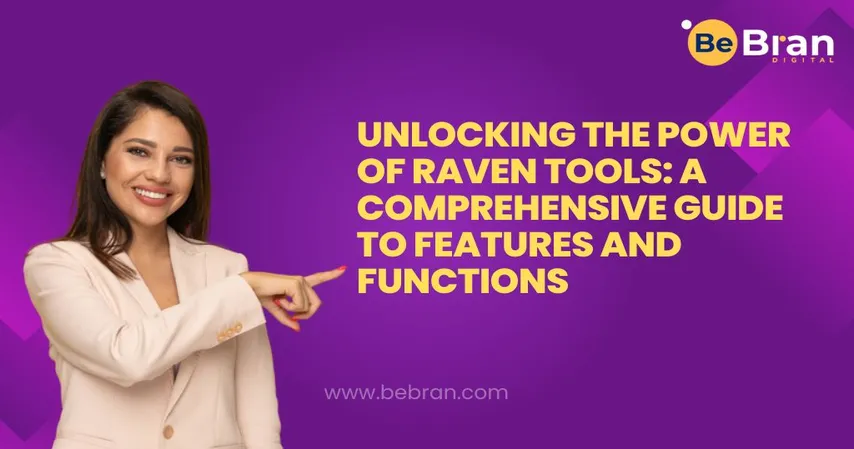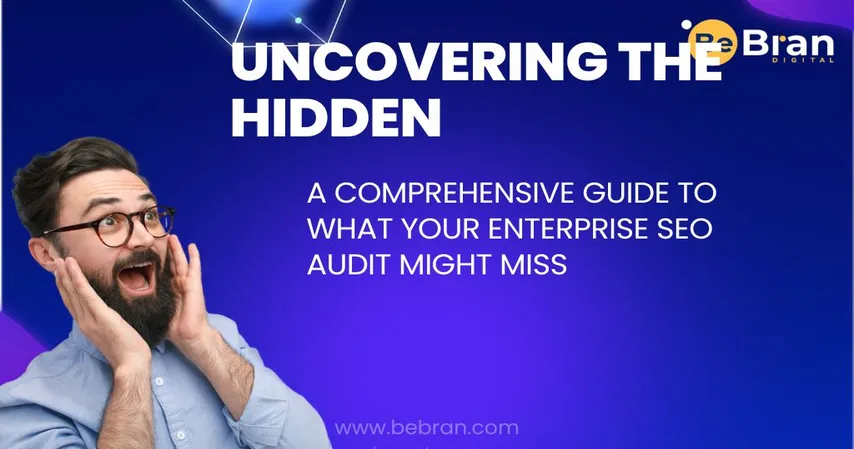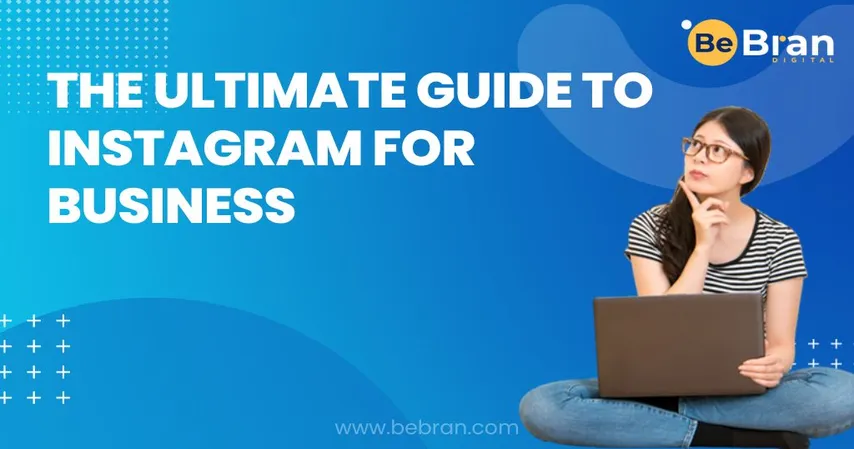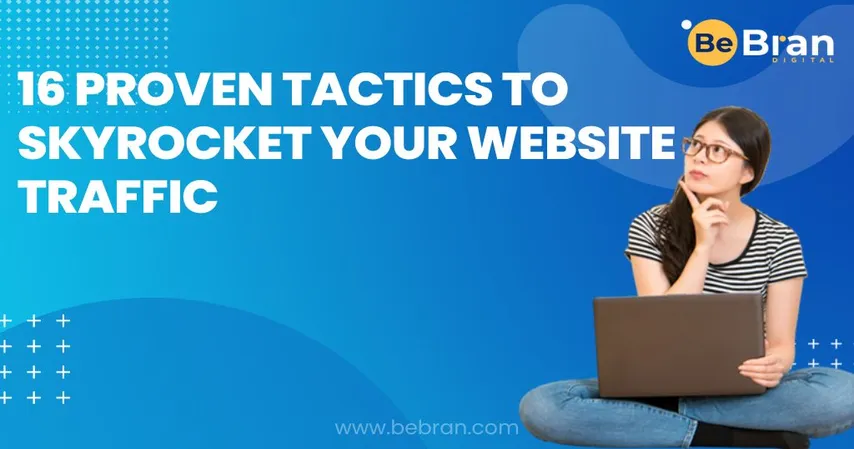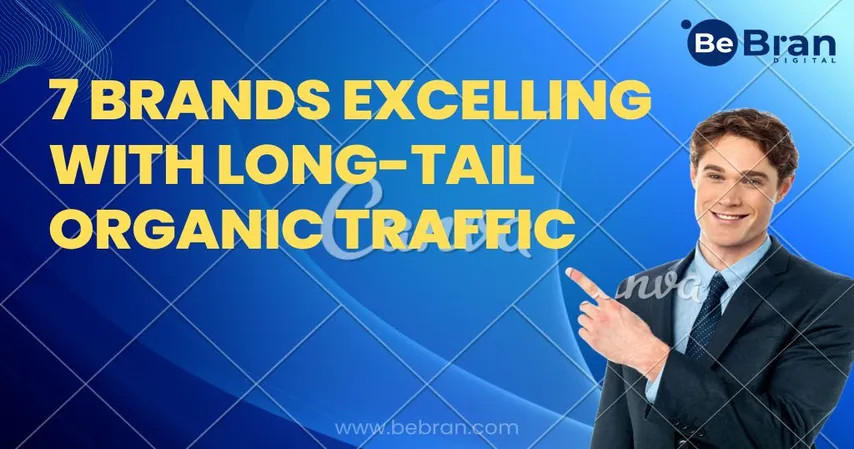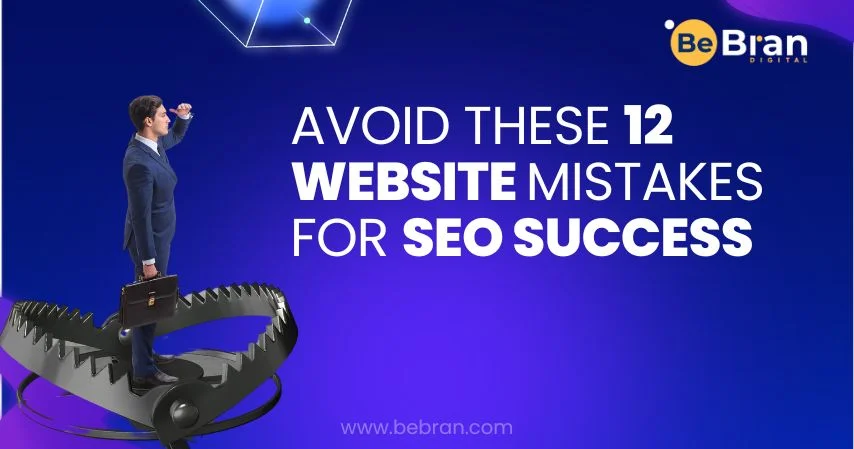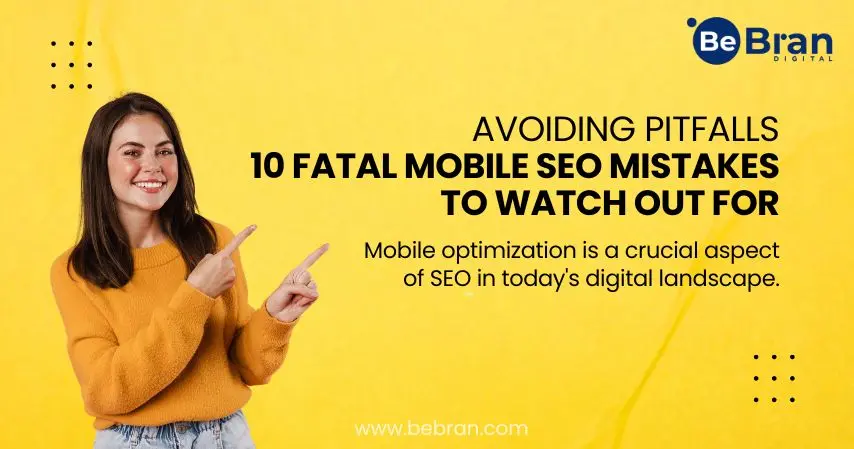Another issue commonly encountered in extensive online stores is the presence of duplicated title tags. It is crucial to ensure the uniqueness of these titles and steer clear of using identical values. While this is a fundamental principle of SEO, it appears that many overlook this straightforward rule when it comes to online shopping.
For reference, a title tag can be observed in the source code of a webpage. An illustration of this can be found on the SEOmoz.org homepage:

Creating unique title tags becomes challenging, especially when dealing with multiple items from the same brand or similar items from various brands. The repetition of keywords is inevitable, but it's essential to focus on crafting unique key phrases, acknowledging that search engines recognize this pattern.
A successful formula for creating effective title tags is the "brand-model" approach:
Structure your title tag as follows: Brand – Model – Item Type.
For instance: "Honda Accord Sports Coupe" or "Burton Aftermath Snowboard 2013."
Many online shoppers search for key phrases rather than single keywords. To address concerns about non-unique titles, consider using Ubersuggest for further insights.
Step #1: Input your URL and click "Search."
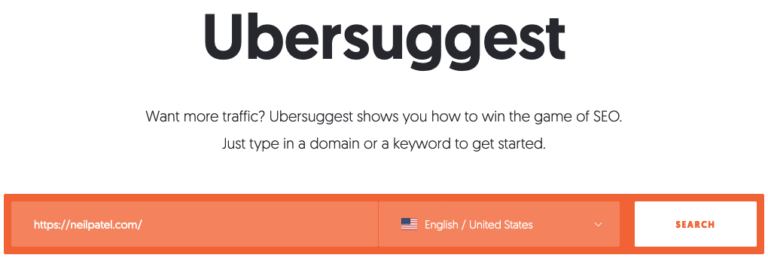
Step #2: Click “Site Audit” in the Left Sidebar

Step #3: Scroll down to “Top SEO Issues”

Step #4: Click on “8 pages with duplicate
tags” (your number is likely to be different)
Clicking on the page count reveals the URLs that have identical title tags. You can then assess whether it necessitates your consideration.







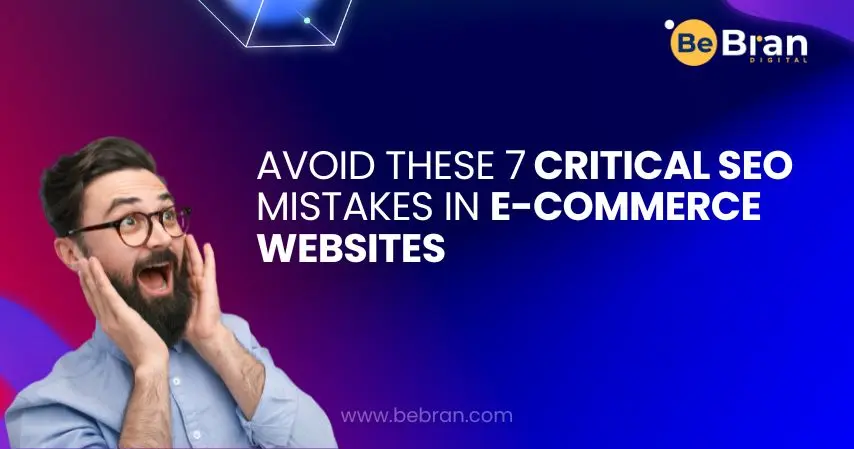










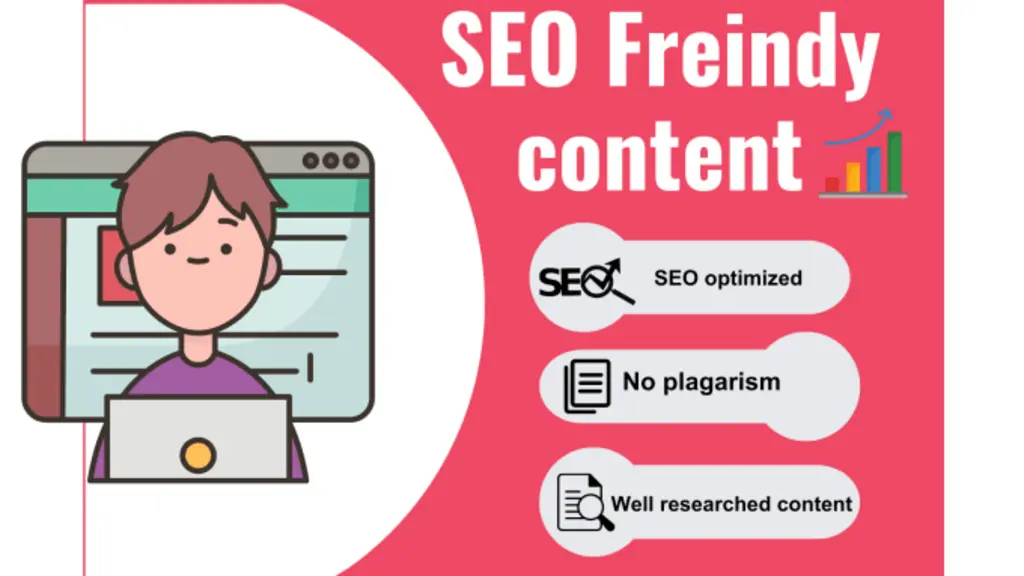

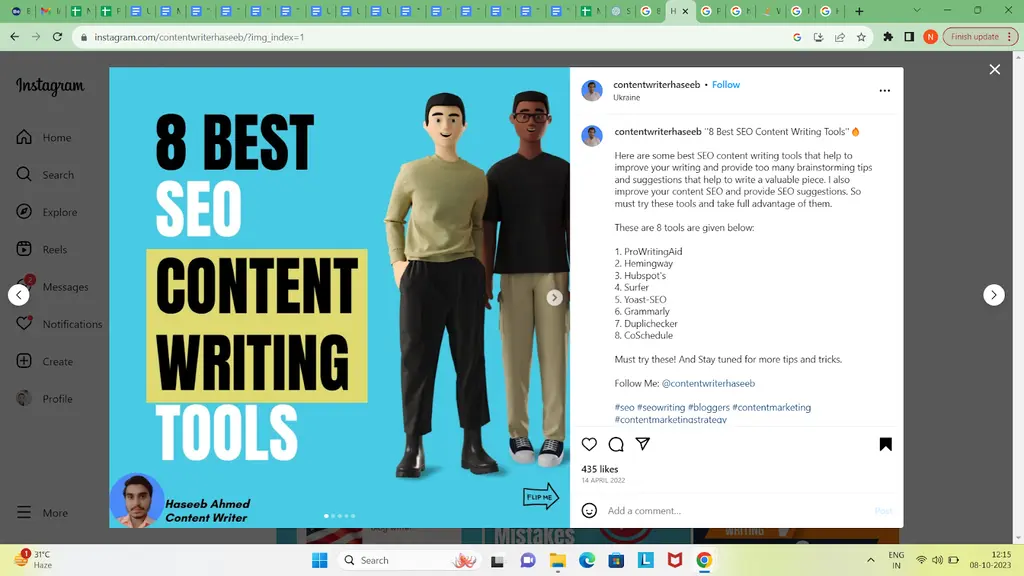



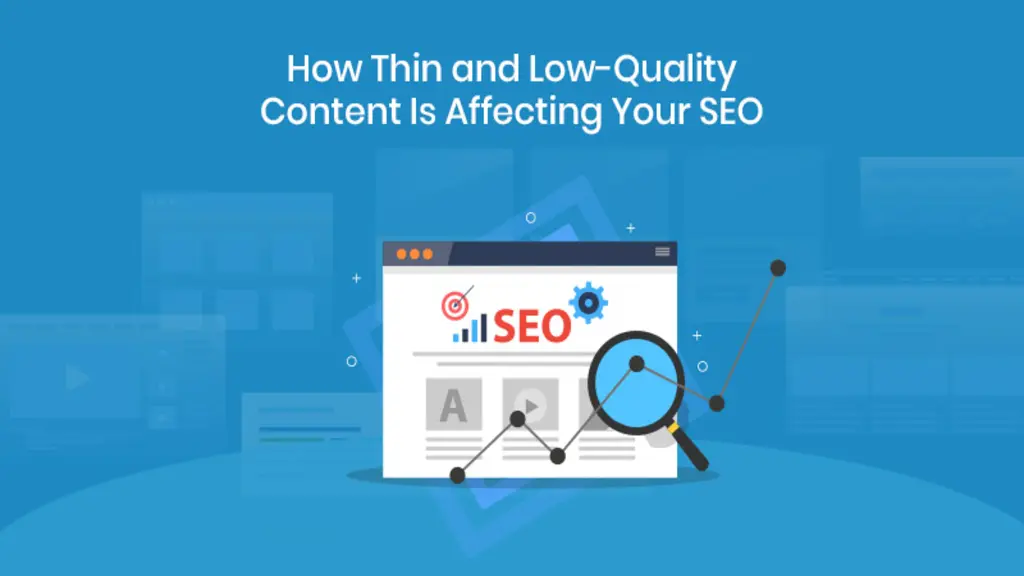





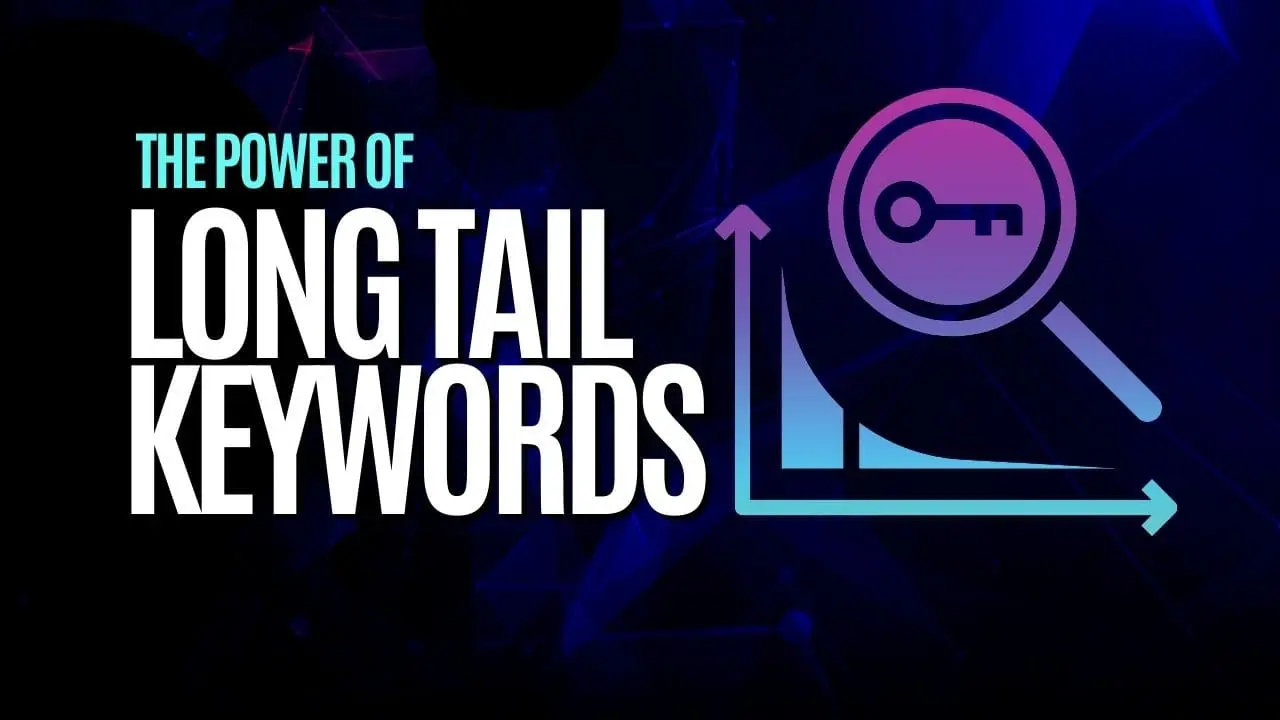






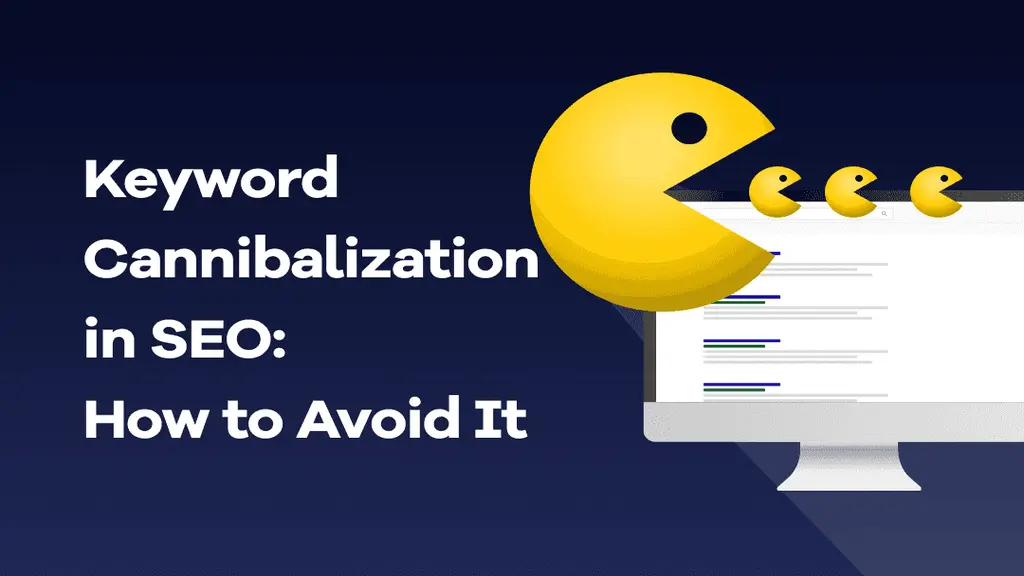

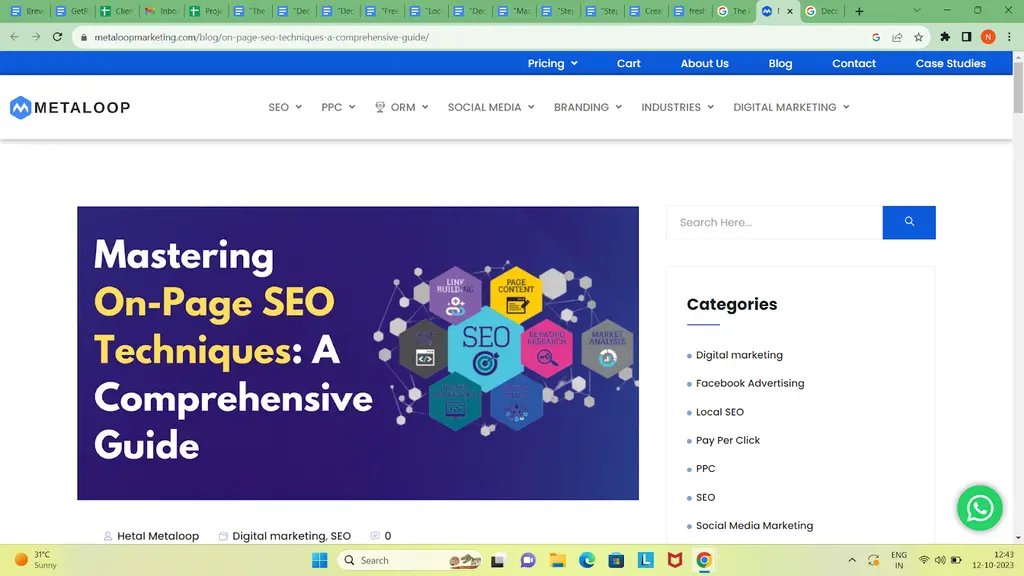

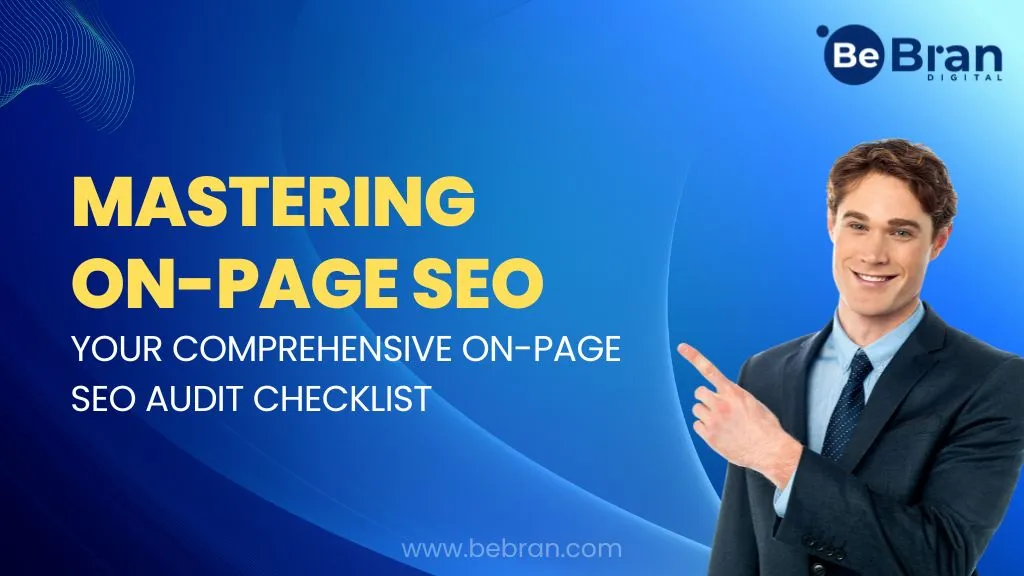

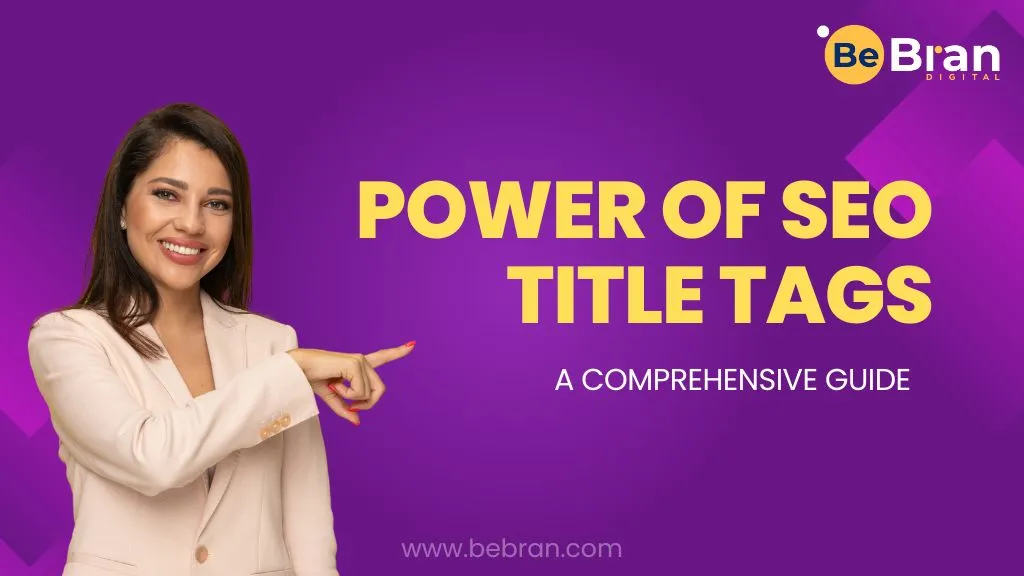

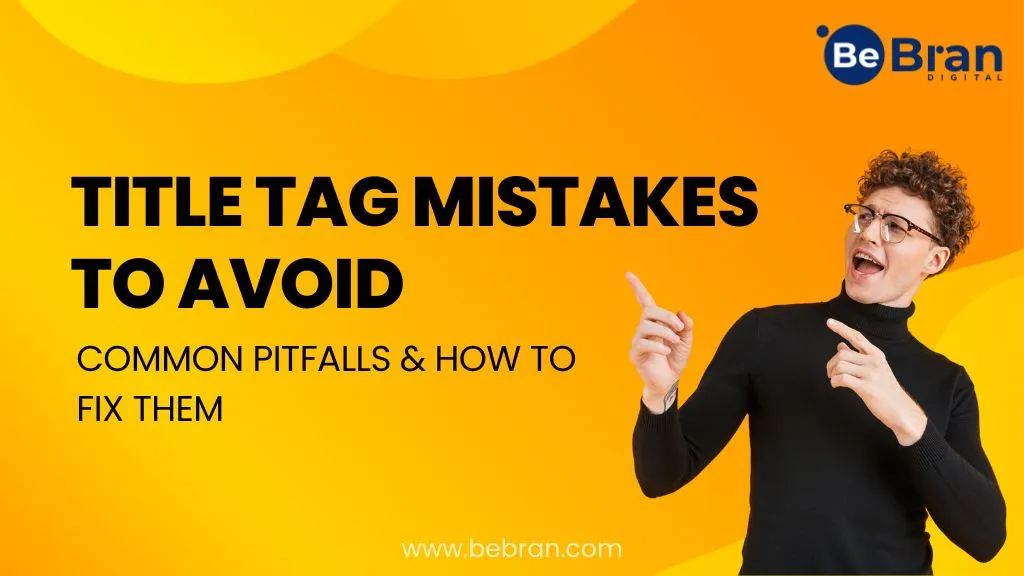




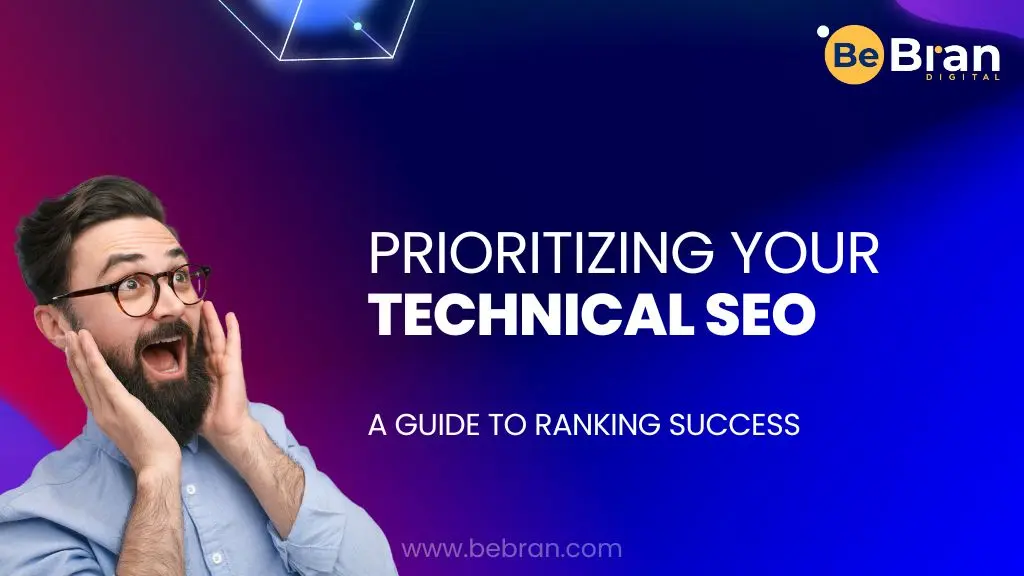

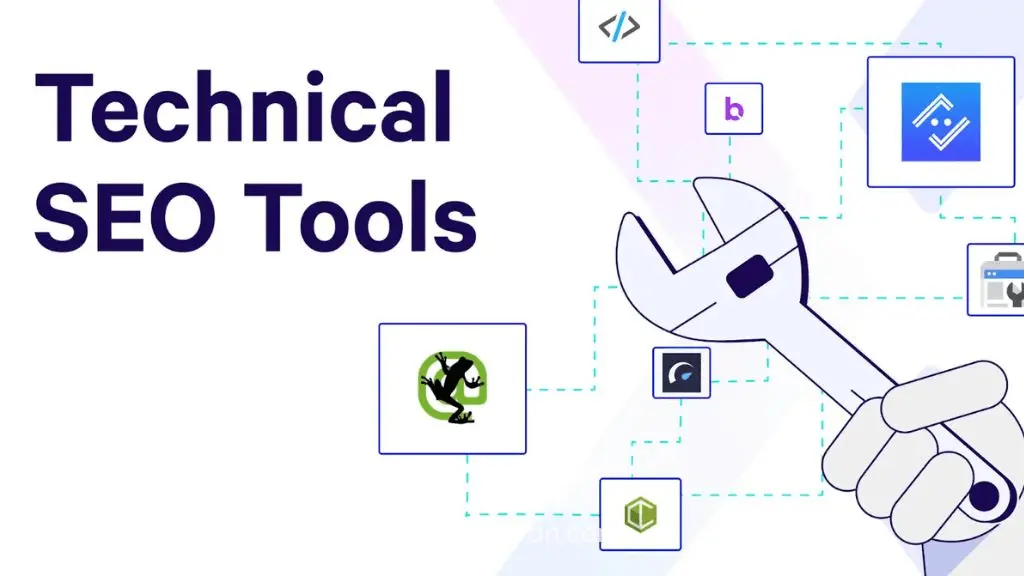

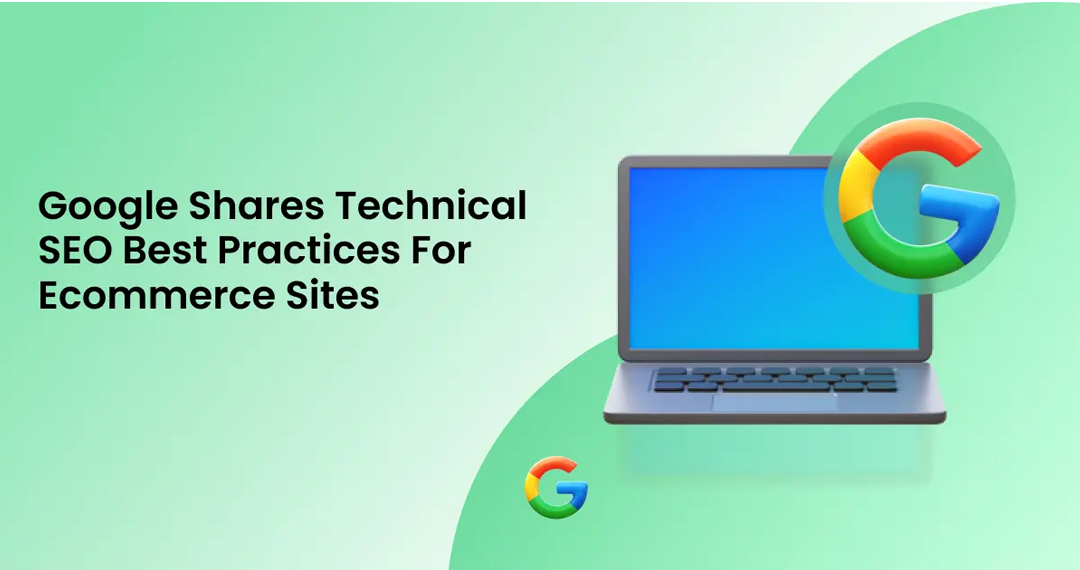

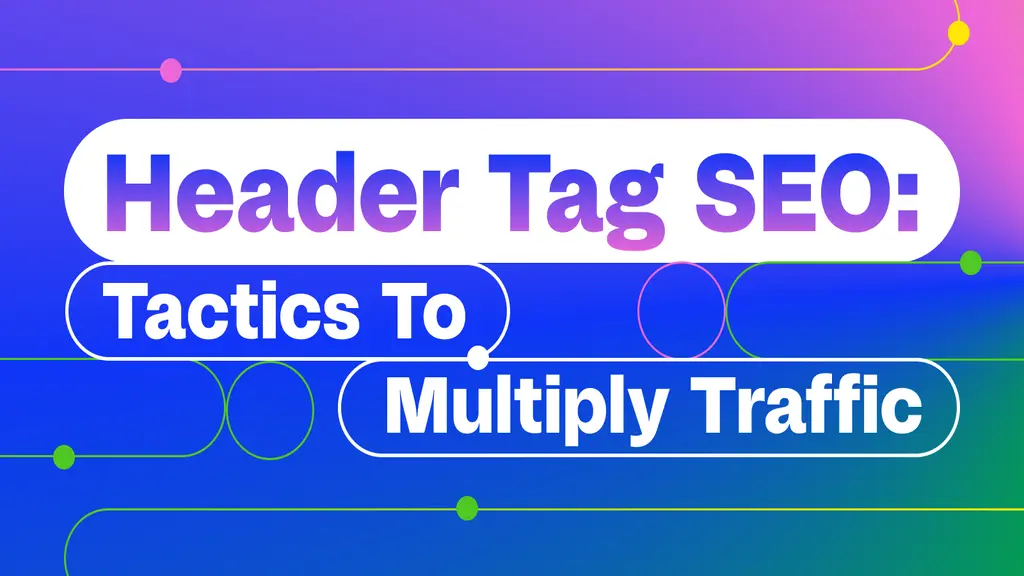

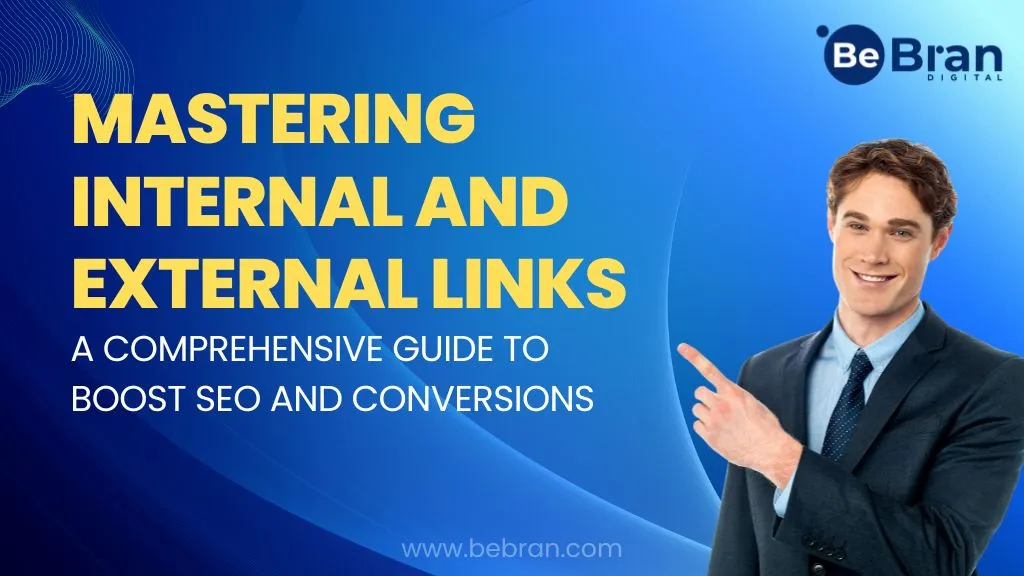










![1707475220 Bebran[1]](https://bebran.com/public/uploads/1709129094_1707475220_bebran[1].webp)

![1707475220 Bebran[1]](https://bebran.com/public/uploads/1709132759_1707475220_bebran[1].webp)

![1707475220 Bebran[1]](https://bebran.com/public/uploads/1709133996_1707475220_bebran[1].webp)

![1707475220 Bebran[1]](https://bebran.com/public/uploads/1709135250_1707475220_bebran[1].webp)

![1707475220 Bebran[1]](https://bebran.com/public/uploads/1709135874_1707475220_bebran[1].webp)

![1707475220 Bebran[1]](https://bebran.com/public/uploads/1709136770_1707475220_bebran[1].webp)







![1707475220 Bebran[1]](https://bebran.com/public/uploads/1709188948_1707475220_bebran[1].webp)

![1707475220 Bebran[1]](https://bebran.com/public/uploads/1709190426_1707475220_bebran[1].webp)












